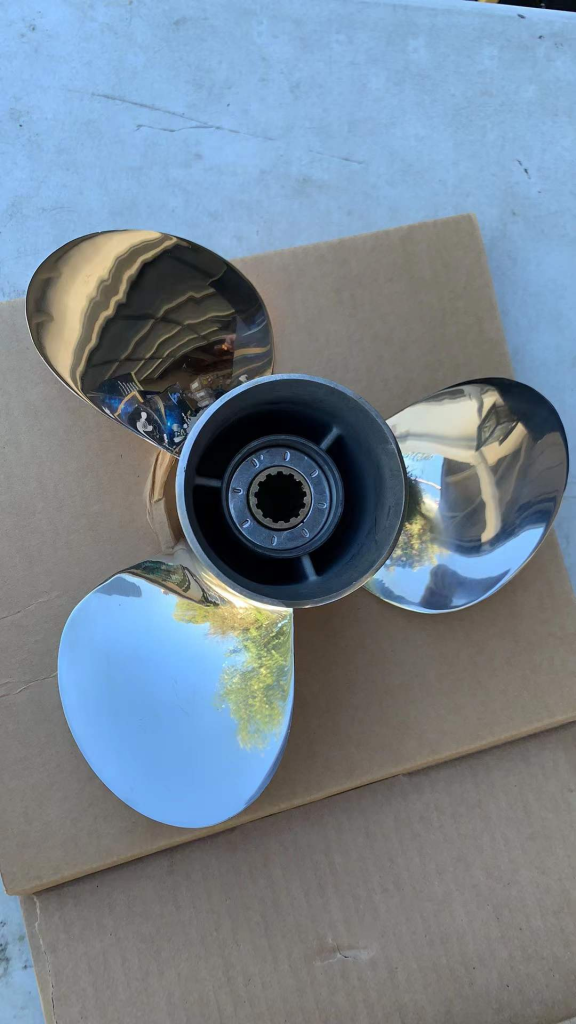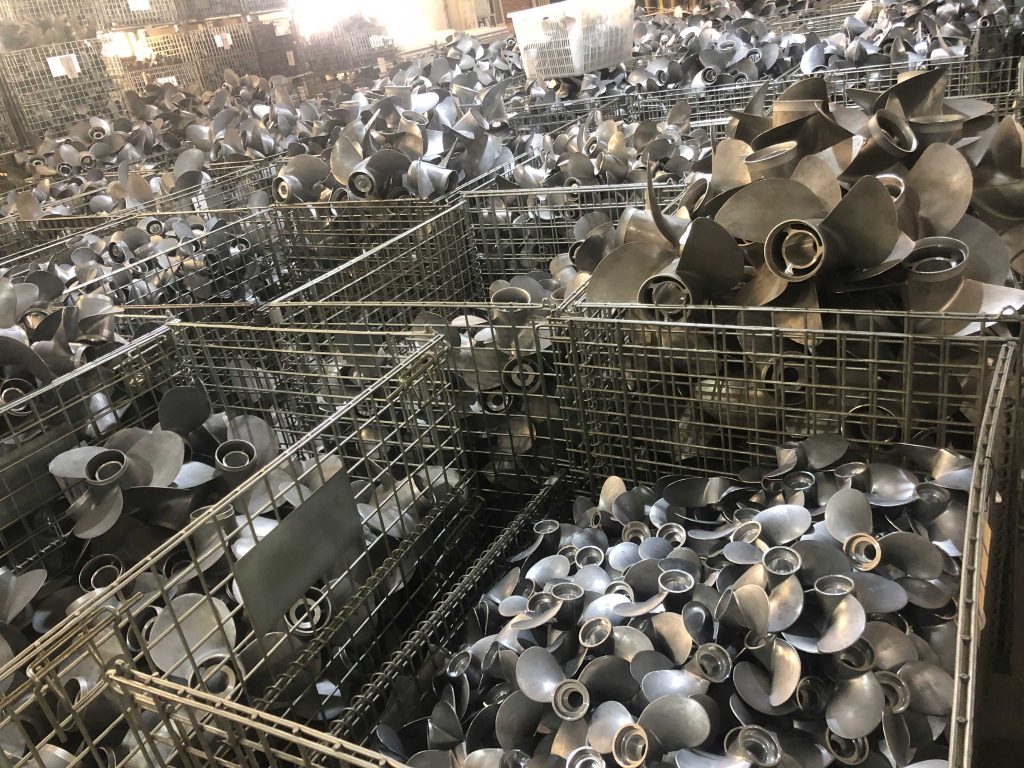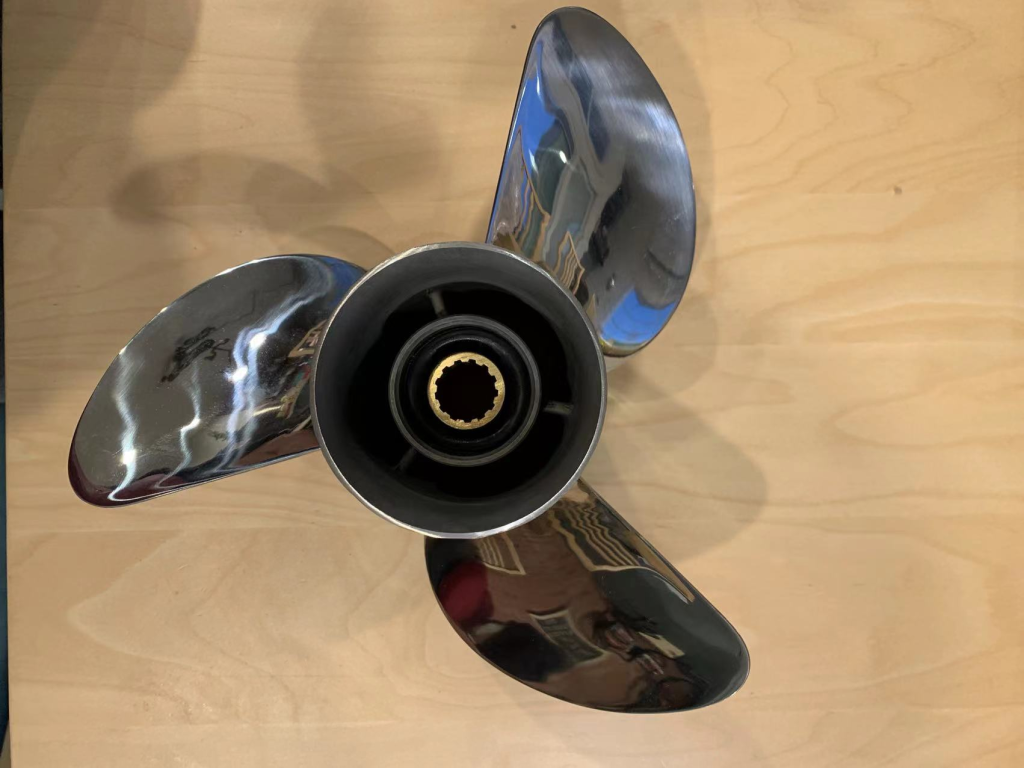As the propulsion device of a ship, the propeller is of extraordinary importance. But in addition to knowing that the propeller is to propel the ship forward that we know how the propeller actually works? What kind of propeller is the best choice for production value? By understanding how propellers work, you will be able to make a wise choice when selecting a propeller for your boat and pick the right one for your boat.
THE “LIFT” CONCEPT
THRUST
MATERIALS

THE “LIFT” CONCEPT
There are generally two types of propellers, RH and LH, and the difference between the two of them is the angle of the blades. The propeller generates lift to propel the boat forward by tilting the blades, so the angle at which the propeller is tilted is very much a matter of opinion, and it’s basically the same as an airplane propeller generating lift.
When the propeller pushes the water to one side, the water will fill the space created by the propeller, then the two sides of the propeller blade will produce a pressure difference, in the front side of the blade to produce negative pressure, the back side of the blade to produce positive pressure.

THRUST
The pressure difference created by this process draws water into the propeller from the front of the propeller and accelerates it out the back. In drawing in this water the propeller forms a cylinder of water, which flows out of the propeller and generates thrust to propel the boat in the direction opposite to that of the thrust. At this point the boat begins to run. Since there are 3-blade propellers and 4-blade propellers, there is a difference in their operation.
The fewer the blades of the propeller, the more efficient it is, and the more blades the propeller has, the opposite is true. The more blades the propeller has, the greater the load it can carry.
MATERIALS
Understanding the propulsion principle of a propeller is just understanding the propulsion process, we also need to understand the materials needed to make a propeller. Marine propellers are generally divided into two materials: aluminum alloy and stainless steel. Stainless steel is the most expensive, easy to repair and very durable.
Relatively inexpensive is the material of aluminum alloy, aluminum alloy propeller affordable, damaged and timely replacement can be. So in the choice of propeller is to choose different materials according to their own needs!
Firstly, aluminum props are generally less expensive than stainless steel props. They are also lighter, which can improve performance and fuel efficiency. However, they are not as durable as stainless steel and may be more prone to damage from rocks or other underwater hazards.
Stainless steel props, on the other hand, are more durable and can withstand more wear and tear. They are also better suited for high-performance boats and heavier loads. However, they are more expensive than aluminum props and can be heavier, which may negatively affect performance and fuel efficiency.
Ultimately, the choice between an aluminum and stainless steel propeller depends on your specific boating needs and preferences. If you prioritize cost and weight, an aluminum prop may be the better choice. If durability and performance are more important, a stainless steel prop may be the better option.


